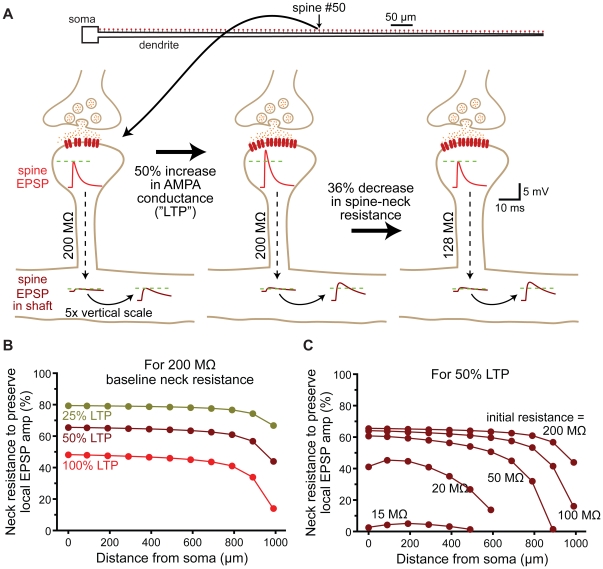Figure 11. Regulation of spine neck resistance maintains local EPSP amplitude during synaptic plasticity.
A) Top, ball-and-stick model neuron with 100 spines (200 MΩ neck resistance) along the dendrite. Below, a spine located half-way along the dendrite is depicted experiencing induction of long-term potentiation (LTP). Under baseline conditions, a 500 pS AMPA conductance generates a 7.7 mV EPSP in the spine head and a 0.7 mV EPSP in the dendritic shaft. Following LTP induction, the AMPA conductance is increased to 750 pS (50% LTP), increasing the local EPSP in the spine head to 11.1 mV, while the EPSP in the shaft increases to 1.04 mV. If the spine neck resistance is reduced by 36% (to 128 MΩ) the EPSP amplitude in the spine head returns to 7.7 mV, while the shaft response to the same spinous input increases marginally to 1.08 mV. B) Plots of the decrease in spine neck resistance (% of control) required to preserve local EPSP amplitude in the spine head vs dendritic location for “LTP-like" increases in AMPA conductance of 25, 50, and 100%. C) Plots of the decrease in spine neck resistance (% of control) required to preserve local EPSP amplitude following a 50% increase in AMPA conductance for spines with different initial spine neck resistances.

